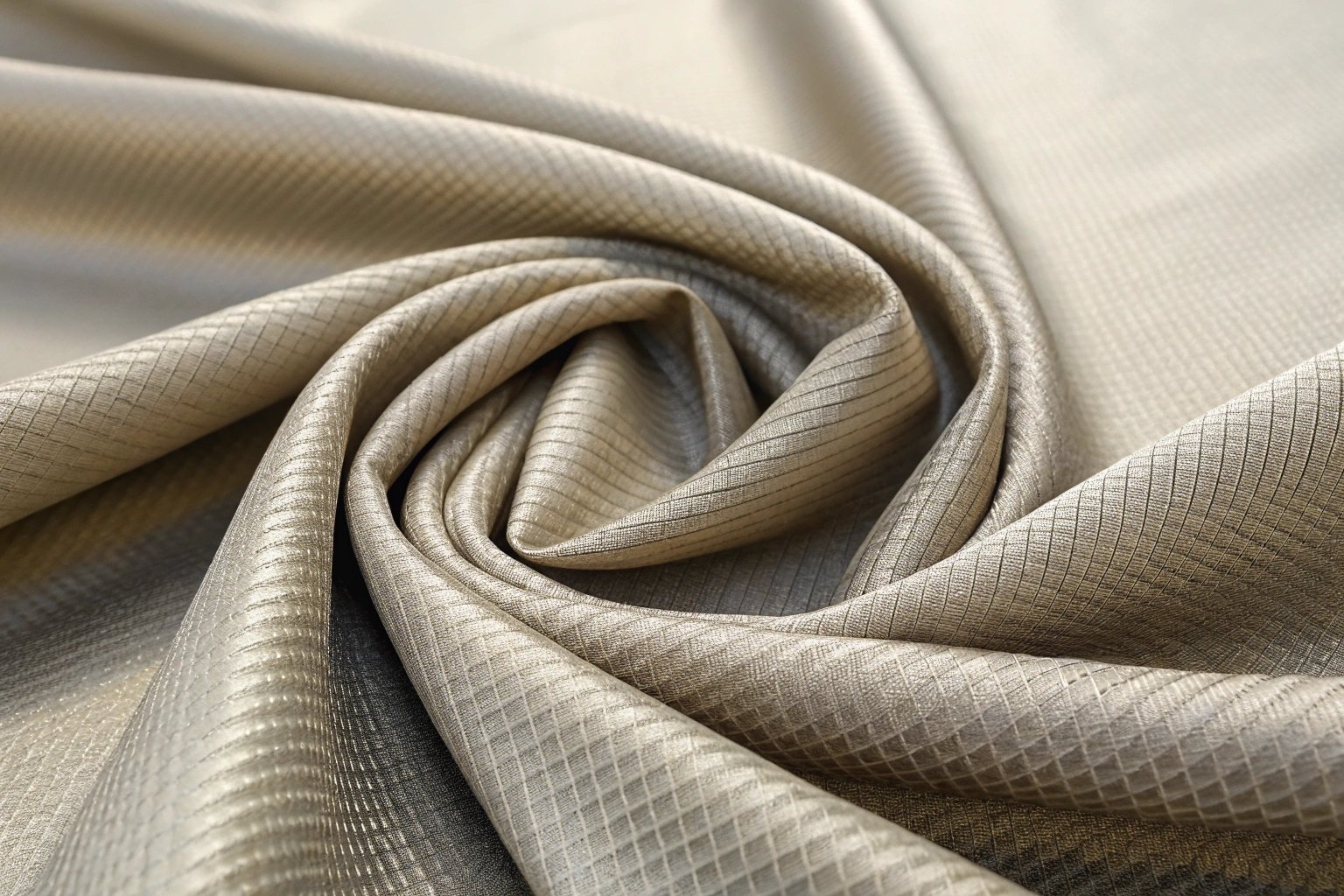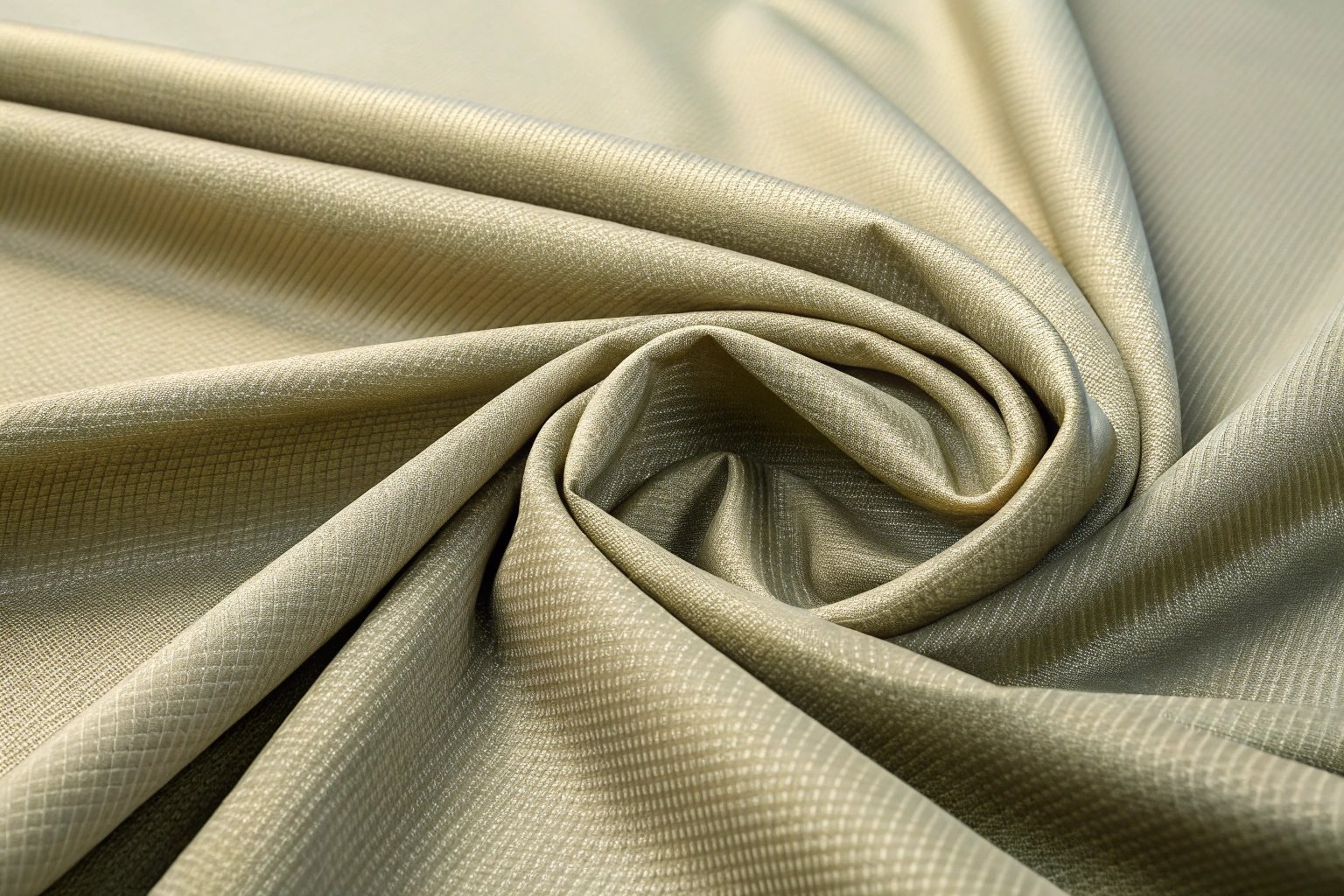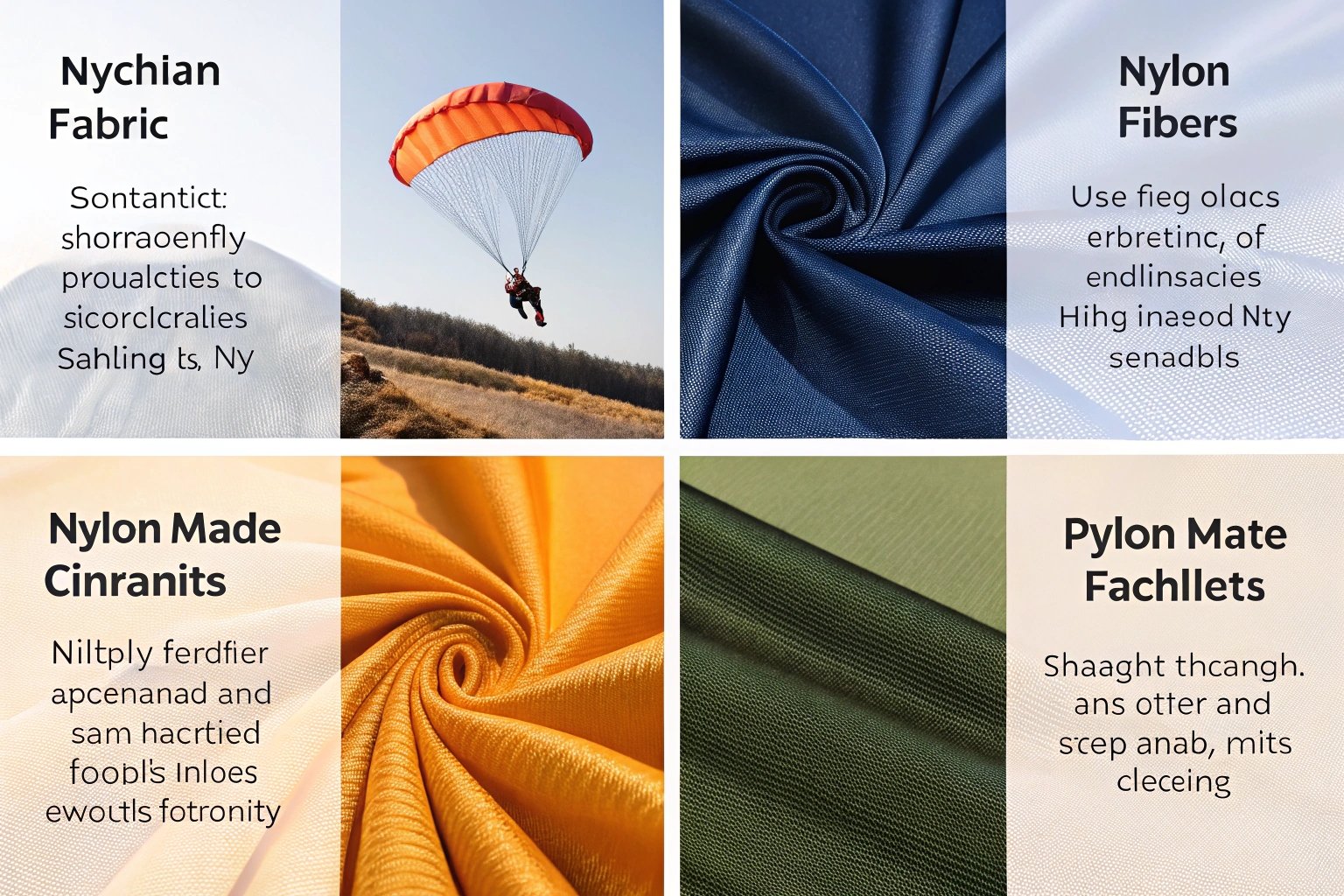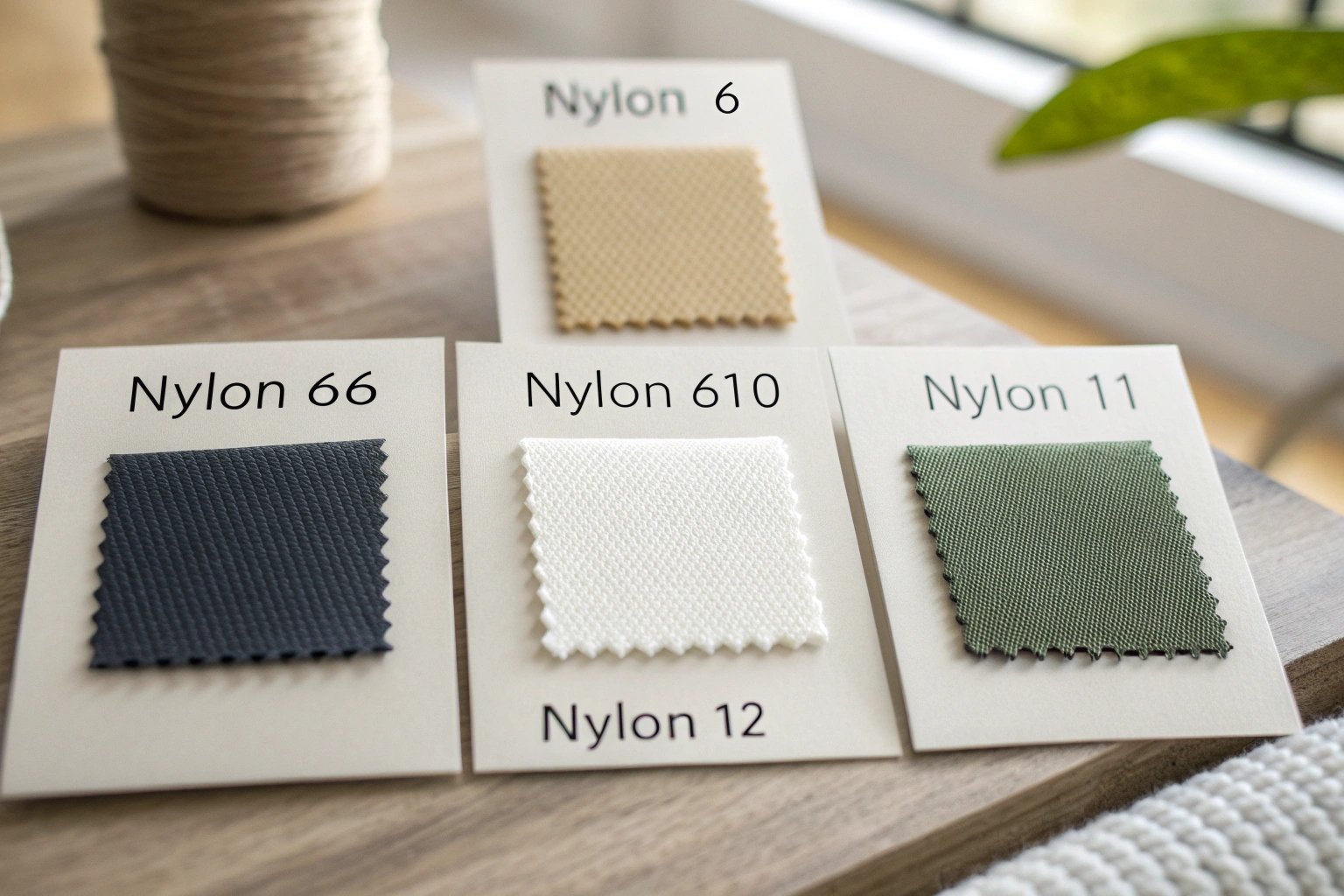In technical apparel, choosing the right fabric isn’t just about look or price—it’s about performance. And nylon remains one of the most structurally stable, lightweight, and functional textiles in the entire industry.
Nylon is a synthetic fabric known for its strength, abrasion resistance, lightweight properties, and water resistance—making it ideal for performance apparel, outdoor gear, and tactical designs.

For brands building high-performance products, nylon is more than just a material. It’s an engineering choice. From commuter backpacks to tactical windbreakers and camping gear, nylon offers a tactical balance of strength, mobility, and resistance to harsh environments. Let’s break down everything you need to know—from fiber structure to product strategy.
What do you need to know about nylon?
Behind every high-end outer shell or lightweight pack, there’s likely a nylon base. But nylon isn’t just about being synthetic—it’s about how it’s engineered to perform.
Nylon is a man-made polymer fabric developed for strength and flexibility. It’s highly durable, lightweight, and resists both water and abrasion, making it ideal for demanding environments.

Key Technical Advantages
- Abrasion Resistance: Nylon’s high tensile strength makes it extremely resistant to tearing and scuffing.
- Moisture Management: Nylon naturally repels water. Most variants are quick-drying and can be coated for full waterproof performance.
- Flexibility: Unlike stiffer synthetics, nylon retains flexibility even in cold conditions.
- Weight: Nylon’s low mass-to-strength ratio is ideal for ultralight outdoor gear and activewear.
- Custom Finishes: Nylon accepts DWR coating, ripstop reinforcement, and PU laminates for enhanced functionality.
Many brands combine nylon with natural fibers in dual-layer construction. For example, using cotton or Modal against the skin, while keeping a tough nylon outer shell ensures comfort and durability in one garment. This is a crucial approach for product managers targeting “comfort + utility” in a single design.
What are 5 facts about nylon?
Nylon may seem like a basic fabric, but its development and application are rooted in real innovation.
Five key facts about nylon: it’s man-made, first used in parachutes, stronger than polyester, absorbs dye well, and melts instead of burning. Learn more about nylon’s history and properties and its key facts.

Did You Know?
| Fact # | Nylon Insight |
|---|---|
| 1 | First introduced in 1935 by DuPont as a silk substitute |
| 2 | Used in WWII parachutes due to its extreme strength |
| 3 | Has higher tensile strength than polyester |
| 4 | Can be dyed deeply and evenly for rich colors |
| 5 | Melts instead of igniting, useful in safety gear |
These properties make nylon extremely versatile—not just in garments, but also in performance fields like industrial textiles, military wear, and outdoor adventure equipment.
What are the 5 types of nylon?
Not all nylon is created equal. The differences lie in polymer structure, finish, and end use.
The five common types of nylon are: Nylon 6, Nylon 66, Nylon 610, Nylon 11, and Nylon 12—each optimized for specific mechanical and environmental properties.

Application-Based Nylon Variants
| Type | Characteristics | Best Use Case |
|---|---|---|
| Nylon 6 | Smooth, flexible, strong | Apparel, socks, underwear |
| Nylon 66 | High stiffness and heat resistance | Luggage, outerwear, industrial straps |
| Nylon 610 | UV and chemical resistance | Outdoor textiles, specialty gear |
| Nylon 11 | Biobased from castor oil, flexible | Medical and sports equipment |
| Nylon 12 | Low moisture absorption | Electronics, precision parts |
Most fashion applications use Nylon 6 or 66, depending on whether the priority is softness or ruggedness. At Yoplook, we recommend Nylon 66 for outer shells and tactical garments due to its superior structural integrity and weatherproof potential.
What are the characteristics of nylon fabric?
What sets nylon apart in real-world usage is its balance of functionality, ease of production, and finishing versatility.
Nylon fabric is known for its strength, quick-drying capability, light weight, elasticity, and compatibility with coatings—making it one of the most adaptive materials in modern technical fashion.

Performance Attributes for Apparel
- Durability: Withstands abrasion, ideal for high-contact zones like knees and shoulders.
- Weather Resistance: Easily treated for waterproof or windproof properties.
- Shape Retention: Holds form better than many natural fibers after repeated wash cycles.
- Finish Compatibility: Works well with reflective prints, PU coatings, and laser cutting.
- Sustainability Potential: Recyclable options and biobased versions like Nylon 11 are available.
For garments like performance hoodies, shell jackets, or commuter-focused designs, nylon delivers value both in function and finish. It also blends well with spandex for stretch or with natural fibers to improve comfort while retaining protection.
Conclusion
Nylon remains a cornerstone of high-performance textile engineering. Whether for outerwear, accessories, or technical gear, its balance of strength, weight, and adaptability makes it essential for brands that prioritize both form and function.
[^1]: Nylon History and Properties – Textile World: Provides detailed insights into the invention and evolution of nylon, including its early applications in parachutes.
[^2]: The Uses of Nylon – Wikipedia: Comprehensive information on the different types and uses of nylon, its chemical properties, and its impact across various industries.

